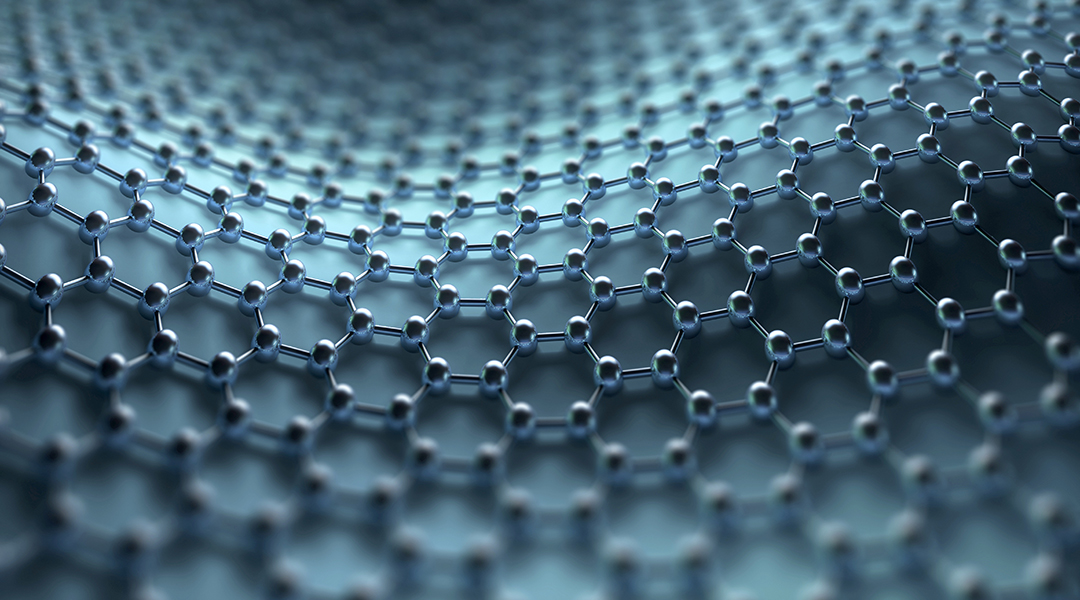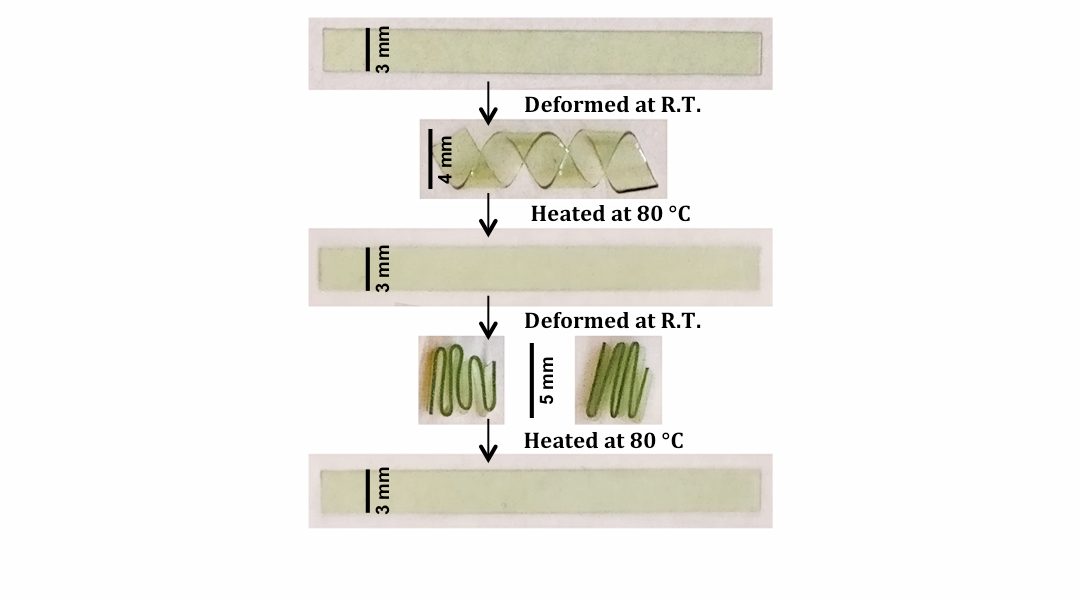A pinch of salt can be used to drastically improve the performance of batteries.


A pinch of salt can be used to drastically improve the performance of batteries.

AM30 events in Hong Kong, Dresden, Beijing, and Singapore.
![Bioinspired Synthesis of Monolithic and Layered Aerogels [Video]](https://www.advancedsciencenews.com/wp-content/uploads/2018/05/adma201706294_ASN_image.png)
A new ambient drying method for aerogel fabrication is reported.

A near perfect energy conversion efficiency can be achieved in a solar vapor generation process.

A new method to improve the mechanical durability of graphene films based on the introduction of chemically-attachable nanometer-thick organic patches onto a graphene surface is reported.

Thermosetting photopolymers with high stiffness, strength and thermoplastic-like ductility.
![3D Microflower Cathode Promotes Oxygen Diffusion in Lithium–Oxygen Batteries [Video]](https://www.advancedsciencenews.com/wp-content/uploads/2018/04/aenm201800089_ASN_image.png)
Dr. Mingsen Zheng, Prof. Quanfeng Dong, and co-workers from Xiamen University design a plant-inspired, high-performance cobalt sulfide–porous carbon foil (PCF) electrode for lithium–air (Li–O2) batteries.
![Separating Chiral Molecules with Thermoresponsive Nanotubes [Video]](https://www.advancedsciencenews.com/wp-content/uploads/2018/04/smll201800030_ASN_image.jpg)
Dr. Naohiro Kameta from the National Institute of Advanced Industrial Science and Technology (AIST) and colleagues design thermoresponsive poly(ethylene glycol) (PEG)-coated nanotubes for simple and efficient separation of chiral molecules.
![Trans-Scale Biosensing Interface for Ultrasensitive Detection [Video]](https://www.advancedsciencenews.com/wp-content/uploads/2018/04/adfm201706981_ASN_image.jpg)
Dr. Fan Yang and Prof. Guo-Jun Zhang from Hubei University of Chinese Medicine, and co-workers, engineer a trans-scale biosensing interface capable of ultrasensitive microRNA detection.
![Moisture-Resistant Perovskite Solar Cells Based on Low-Cost Dye [Video]](https://www.advancedsciencenews.com/wp-content/uploads/2018/04/aenm201703007_ASN_image.jpg)
Dopant-free, moisture-resistant hole-transport materials (HTMs) for perovskite solar cells based on derivatives of the dye anthanthrone (ANT) are developed by Sagar M. Jain from Swansea University Bay Campus, Prashant Sonar from Queensland University of Technology, and co-workers.